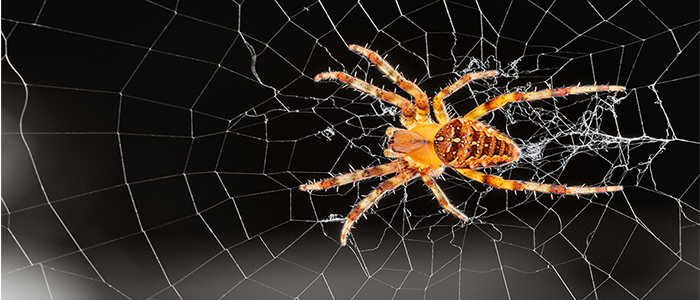Spiders Control

There are some 35,000 described species of spiders in the world. Mature males may be recognized by their palps, located between the jaws and first pair of legs; palps are swollen. Most spiders that cause concern to the public and which pest control specialists are called upon to identify are either large or have striking marking.
Spiders that draw attention or concern from people and pest control professionals typically fall into two categories: those that are large in size or those that possess striking markings. Large spiders, such as tarantulas and some orb-weavers, capture attention due to their intimidating size and appearance. These spiders are often noticed for their impressive webs and conspicuous presence in their habitats.
On the other hand, spiders with striking markings attract attention due to their visually distinctive patterns and colors. Examples include species like the black widow spider, known for its glossy black body adorned with a red hourglass shape on the underside of the abdomen. Similarly, the brown recluse spider is identifiable by a violin-shaped marking on its cephalothorax, which contributes to its recognition and concern among people.In urban and suburban environments, encounters with spiders often occur indoors, where they may seek shelter or prey. Pest control specialists are frequently called upon to identify spiders found in homes, businesses, or other structures, particularly if they are suspected to be harmful or disruptive.
Understanding the diversity and habits of spiders is essential for effective pest management and conservation efforts. While many spiders are harmless and provide valuable ecological services by controlling insect populations, others may pose risks due to venomous bites or allergies. Proper identification and informed management strategies help ensure coexistence with these fascinating and ecologically important arachnids in various habitats worldwide.